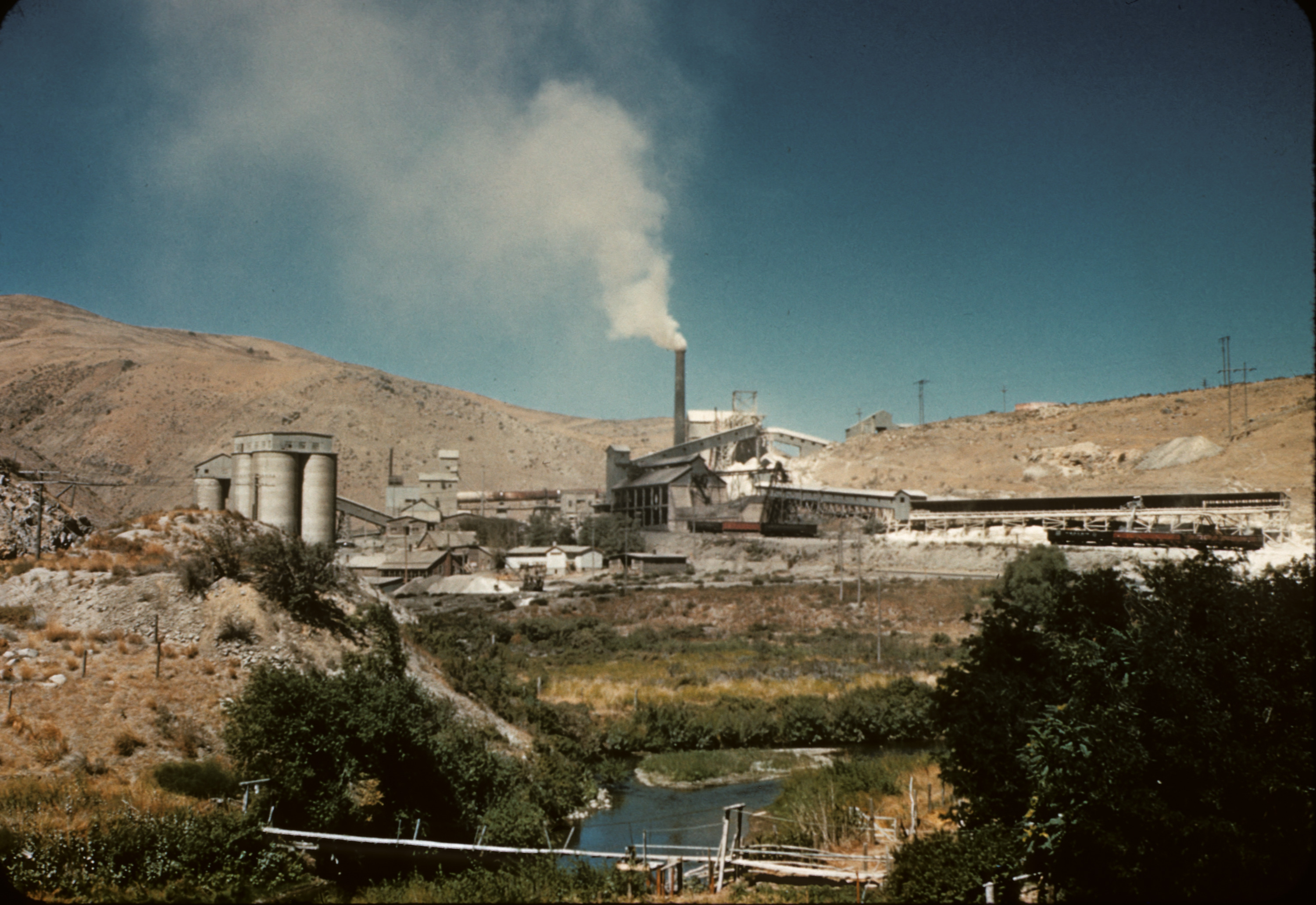Would Cement Producers Ever Go Back from Type IL?

Cement plant at Lime, Oregon (Credit: Middlebury College)
The EPA is trying to roll back the 2009 Endangerment Finding for motor vehicles. I haven’t heard anyone else say it, but I think there’s a chance that move could spill over into cement. The real question isn’t about legal arguments — it’s whether a cement producer would ever walk away from Type IL.
On the surface, it seems unlikely. The industry made the Type IL shift sound like a huge deal — plants “retooled” to run more limestone in the finish mill and less clinker in the product. But in reality, the change was more like a production tweak than a major rebuild.
Here’s what it actually took:
-
No kiln chemistry change. Clinker output stayed the same until you swapped it out in grinding.
-
More limestone intergrinding. Usually from the same quarry already supplying the raw mix.
-
Less finish mill energy. Limestone is softer than clinker, so it grinds faster and cheaper.
And the kicker — limestone is a lot cheaper than clinker. Clinker takes heat, fuel, and equipment wear to make. Limestone just comes out of the ground, gets crushed, and heads straight to the mill. Every ton of limestone swapped in saves money on fuel, power, maintenance, and CO₂ output.
So, what would make a plant go back to straight Type I/II?
1. Performance Complaints
If contractors, finishers, and DOTs start pointing at Type IL for durability issues, slow early strength, or finishing problems, demand for traditional cement could grow. If the market is willing to pay for it, producers will make it.
2. No More Incentives
Type IL’s market share is helped along by CO₂ regulations and “Buy Clean” rules for public projects. If those disappear — and the Endangerment Finding gets pulled for cement — there’s no procurement requirement or price premium holding it up.
3. Marketing Play
Imagine the first big ad campaign for “100% Clinker Cement.” Whether the performance difference is real or just perceived, it could carve out a niche if contractors believe it’s better.
4. Simpler Operations
Some plants may just prefer running without metering in extra limestone — especially if they aren’t chasing a CO₂ score on their product data sheets.
On the flip side, there are strong reasons to stick with Type IL even without regulatory pressure:
-
More Output. Replacing clinker with limestone lets you make more total cement without firing more clinker. If your kiln is the bottleneck, that’s extra tonnage for free.
-
Lower Cost. Limestone costs far less than clinker, uses less energy to grind, and reduces wear on equipment.
-
Green Label Appeal. Some corporate buyers will still want a lower CO₂ number for ESG reporting or public image.
The shift to Type IL might not have been about survival under regulation as much as it was about taking an easy operational win that lined up with the “green” narrative. Reversing it wouldn’t be automatic if the rules changed — for some plants, it still makes too much economic sense to keep running IL.
If the Endangerment Finding rollback happens, the real story will be watching which plants stick with IL for the savings, and which ones quietly start adding more clinker back into every bag.










